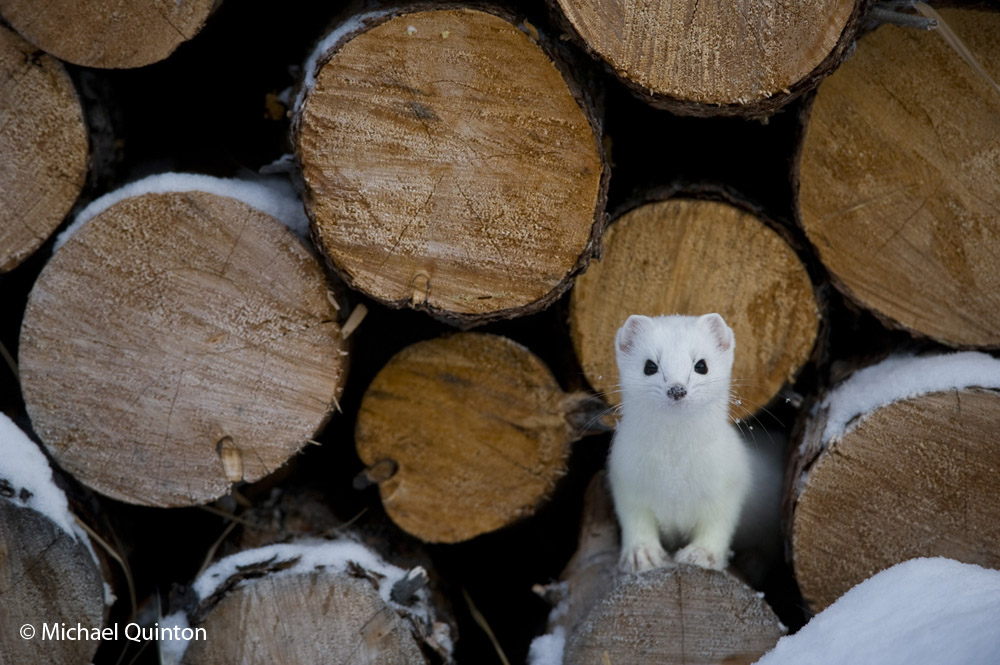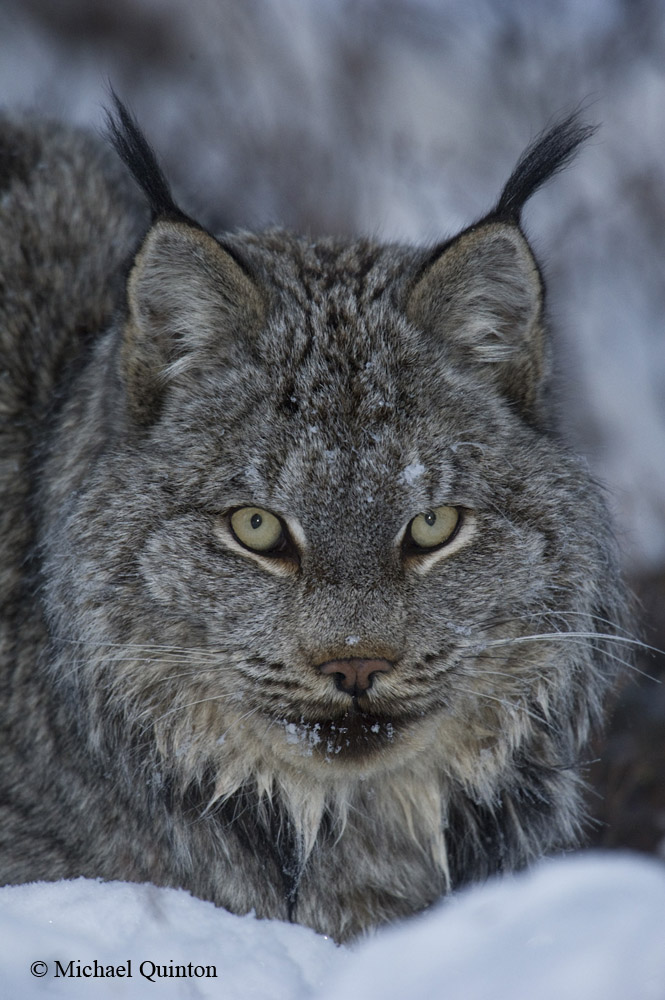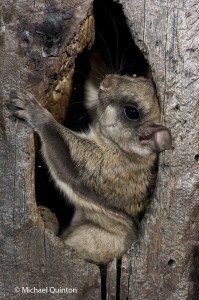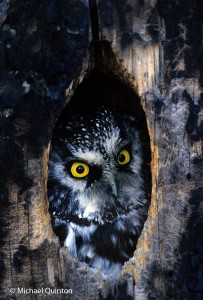This week there were a couple of expert mousers hanging out at my place. Actually there are no mice here, but lots of red-backed voles. As vole hunters go, nothing can match the tiny short-tailed weasel or ermine. Continue reading
Category Archives: wildllife
PHANTOM OF THE BLACK SPRUCE BOG
Some authors claim the lynx is strictly a hunter-predator. I have observed several lynx that do not fit perfectly into that mold. I do think lynx prefer fresh game they have killed themselves, But what if game is scarce and lynx are very hungry? This is the situation in much of interior Alaska this winter. The snowshoe hare population is currently at the bottom of its ten-year cycle. There are always a few snowshoe hares in prime habitat which is thick, white or black spruce mixed with a variety of other trees such as aspen, birch or poplar as well as willows and alder. But in the stands of pure black spruce, which dominate much of the landscape near my home snowshoe hare tracks are nearly absent. What remains for the lynx are primarily red squirrels, spruce grouse, willow ptarmigan, and voles. Lynx have been known to kill and eat red fox but that is not common. Same goes for mink, marten and the short-tailed weasel. And I suppose the lucky lynx could catch a woodpecker or gray jay if they were distracted. Continue reading
COYOTE
Twenty years ago, coyotes were one of my favorite photo subjects. This extremely adaptable species was both deadly hunter and scavenger. Nothing it seemed, was too large or too insignificant, too old or too new, to be left off the coyotes menu. Whether it was big game or game birds, domestic sheep or farm-yard chickens, coyotes made few friends. I guess I was one of just a few. The sheer variety of behavior they would engaged in, made each and every encounter a new and exciting adventure.
 Coyote feeds on an elk in Wyoming. Tracks and blood in the snow told the story. Coyotes had harassed a cow and her big calf through the night. By morning at least thirteen coyotes had assembled and were finally able to bring down the large calf. Twelve hours later there was only a large trampled area of blood and hair remaining. Continue reading
Coyote feeds on an elk in Wyoming. Tracks and blood in the snow told the story. Coyotes had harassed a cow and her big calf through the night. By morning at least thirteen coyotes had assembled and were finally able to bring down the large calf. Twelve hours later there was only a large trampled area of blood and hair remaining. Continue reading
TRACKING THE LYNX
I’d been on their track for a mile or two. It had taken nearly two hours to get this far moving slowly through the forest on snowshoes. The thick and stunted boreal forest was mostly black spruce. Small stands of tall aspen and veins of thick and lofty white spruce stood where the nutrient poor soil drained enough to prevent permafrost. The understory consisted of numerous species of willow along with Labrador tea and blueberry. Tracks and trails of snowshoe hares were everywhere. The snowshoe hare population undergoes huge swings in numbers during their ten-year cycle. Likewise, other prey species such as spruce grouse were on the upswing driven by years of low predator numbers. The hare population had peaked. And with the increasing snowshoe and grouse population, lynx, coyotes, red fox, northern goshawks and great horned owls, and even the smaller northern hawk owl populations were once again on the rebound. Continue reading
PHOTOGRAPHING MOUNTAIN SHEEP
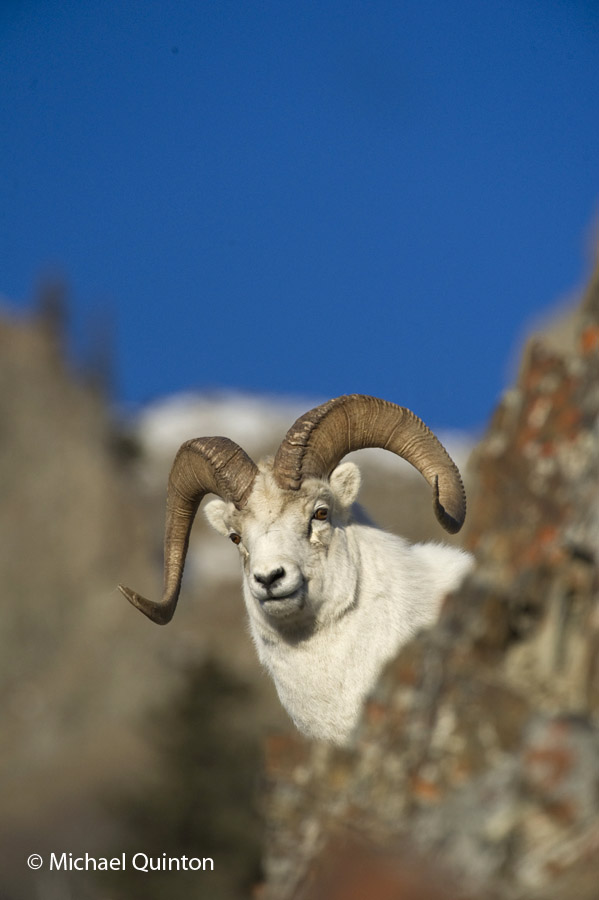 Dall ram checks out photographer.
Dall ram checks out photographer.
Walk softly and carry a big lens. All species of North American mountain sheep, the bighorns, Rocky Mountain bighorn and desert bighorn and the thinhorns, stone sheep and dall sheep are naturally skittish. Specific protocols are required when photographing wild sheep at close range. Ever on the lookout for predators, wild sheep are tuned into sounds of rocks tumbling down the mountainsides or moving across noisy scree slopes. Sudden movements or too much noise are likely to send mountain sheep stampeding towards the nearest cliffs. A telephoto lens is a must. The perspective a telephoto gives will separate your subject from the background. Continue reading
WHITE SHEEP, WILD MOUNTAIN
 Dall ram peeks over a windswept ridge.
Dall ram peeks over a windswept ridge.
Pursuing wild rams in the far north is an addiction of mine. Those who are afflicted with this particular disease willingly subject themselves to cold and wind, sweat and pain. Other symptoms include an insatiable desire to witness dramatic wildlife amid glorious wilderness settings. Continue reading
FLYING SQUIRRELS, THE INSIDE SCOOP
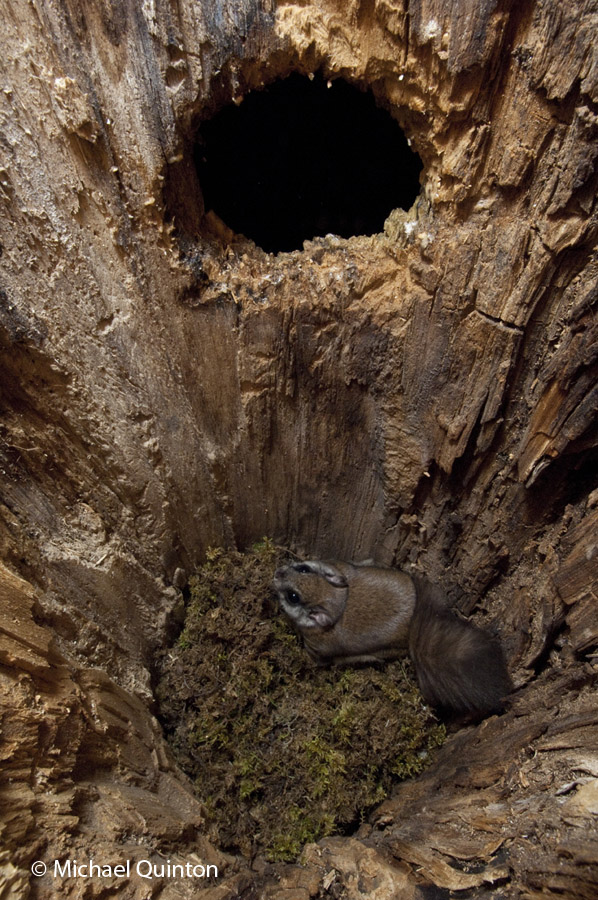 Northern flying squirrel inside its nest in an old flicker nesting cavity. Continue reading
Northern flying squirrel inside its nest in an old flicker nesting cavity. Continue reading
FLYING SQUIRREL AND BOREAL OWL
Northern flying squirrel and boreal owl at the entrance to the same old northern flicker nesting cavity. The flying squirrel taken with a Nikon D3s digital camera and boreal owl shot with a Nikon F3 on Fujichrome film were taken more than ten years apart. The images illustrate the importance of the northern flickers, a keystone species. The flickers nest building activity increases forest biodiversity. Photographs were taken near my home in Slana, Alaska.
ALASKAN FLYING SQUIRREL
 Alaskan flying squirrel peers out of an old northern flicker cavity just as darkness sets in.
Alaskan flying squirrel peers out of an old northern flicker cavity just as darkness sets in.
Northern flying squirrels are more common in Alaska than most realize. They are found in coastal rainforests as well as the boreal forests of the interior. Flying squirrels are nocturnal thus rarely seen. I began to see them as I photographed the nocturnal activities of a pair of nesting boreal owls. As it turns out, boreal owls and flying squirrels share the same habitat preferences. They seem to prefer the big white spruce stands that grows along streams and other places where permafrost is not close to the surface. They share these places with the red squirrel. Red squirrels are active during the day and flying squirrels are active at night. But in the far north where it does not get dark for a several weeks during the summer, their activities overlap. Flying squirrels nest in abandoned northern flicker nesting cavities or other natural hollows.
DEIRDRE’S GRIZZLY
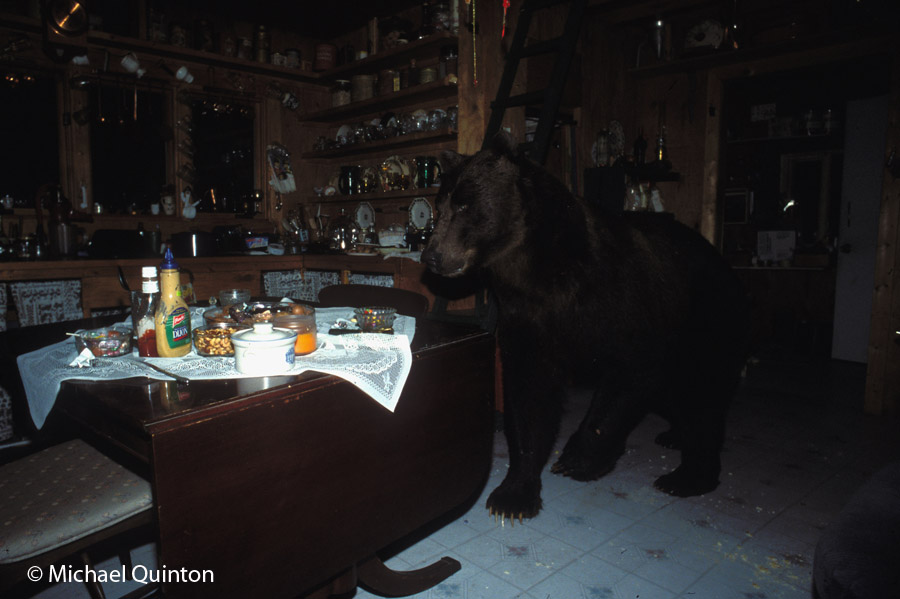 Large male grizzly raids Deirdre Higgins kitchen in Slana, Alaska. To read the story how I got this photograph click on link below.
Large male grizzly raids Deirdre Higgins kitchen in Slana, Alaska. To read the story how I got this photograph click on link below.
http://www.michaelquinton.com/picturestories/DeirdresGrizzly.aspx

